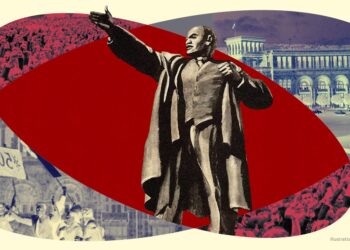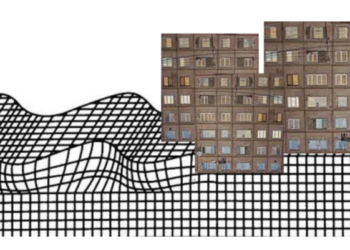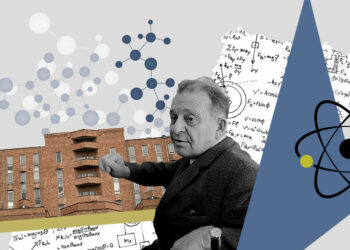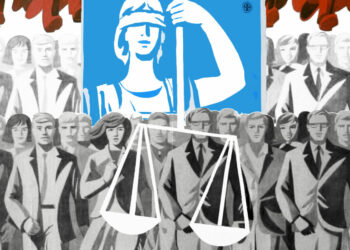A native of Aleksandropol (Gyumri), Shushanik Kurghinyan was a prominent Armenian writer, feminist, and social activist. Inspired by the 1905 Russian Revolution, she became a tireless advocate of the working people and advocated for their cause in her poetry. She was also a staunch advocate for women's rights, and she cared for Armenian refugees fleeing the 1915 Genocide in Rostov-on-Don. She later returned to Armenia, at the urging of her old friend Aleksandr Myasnikyan, during the NEP period. The series is hosted by historian Pietro A. Shakarian and produced by Sona Nersesyan.









































